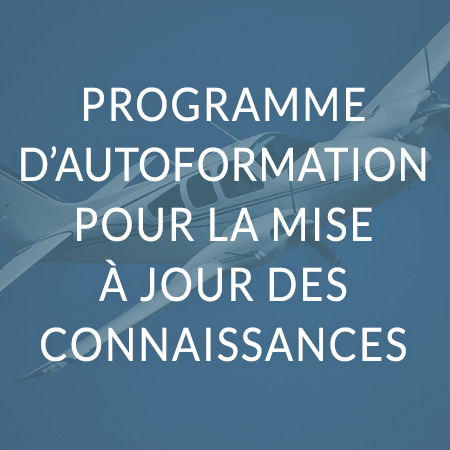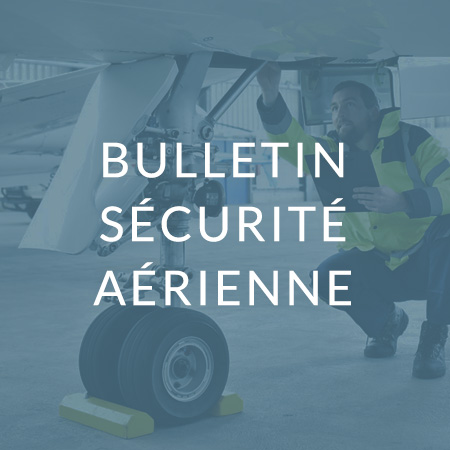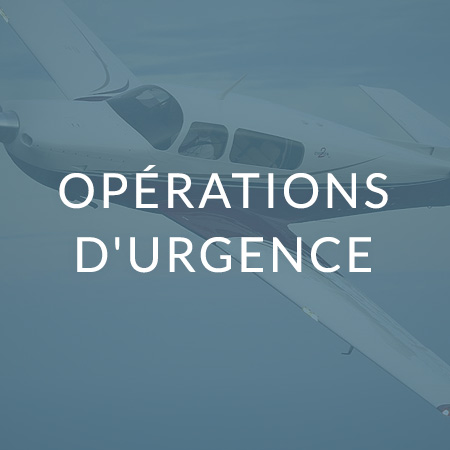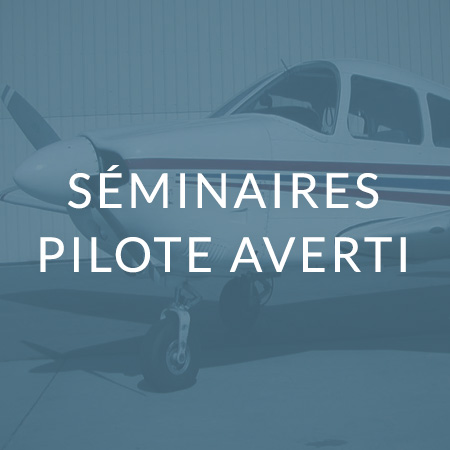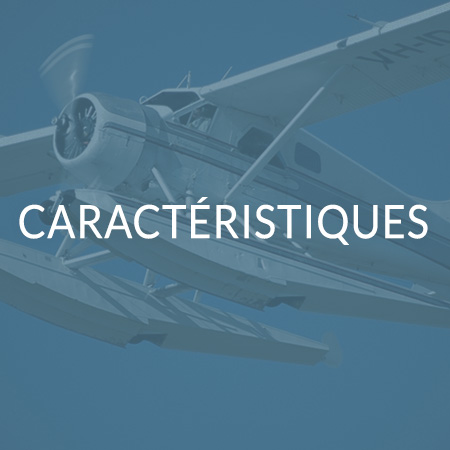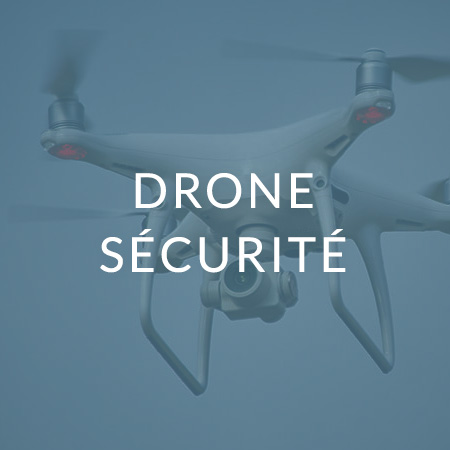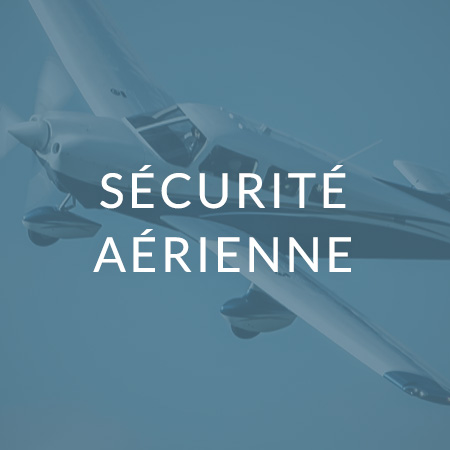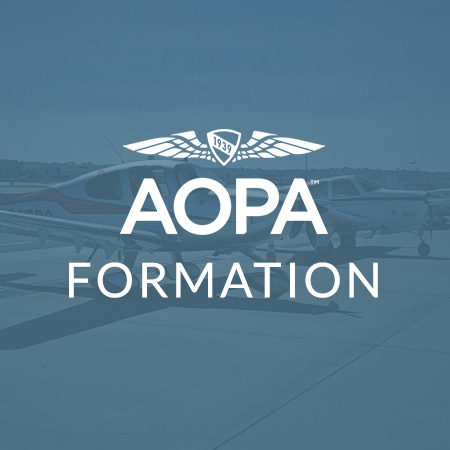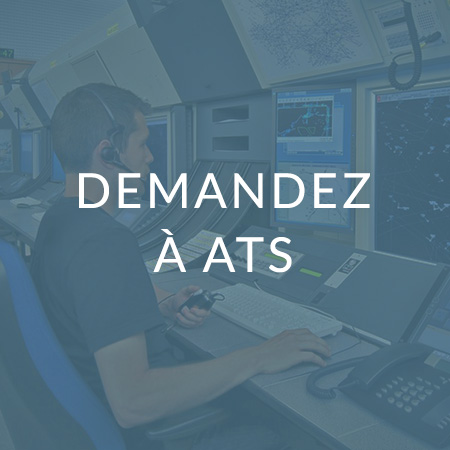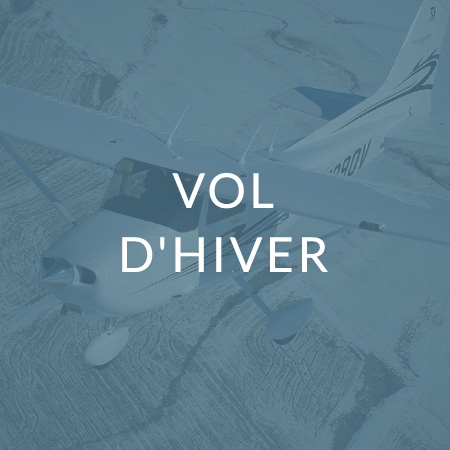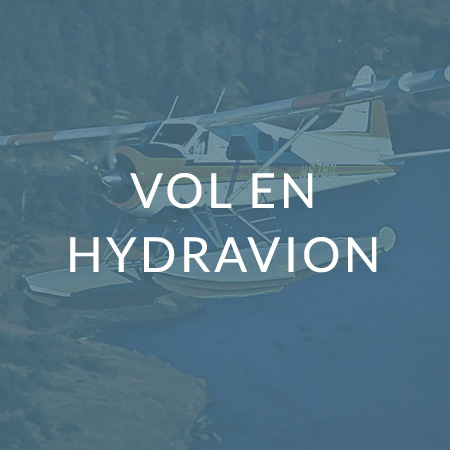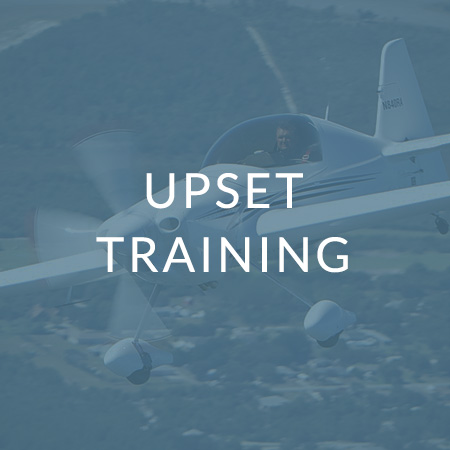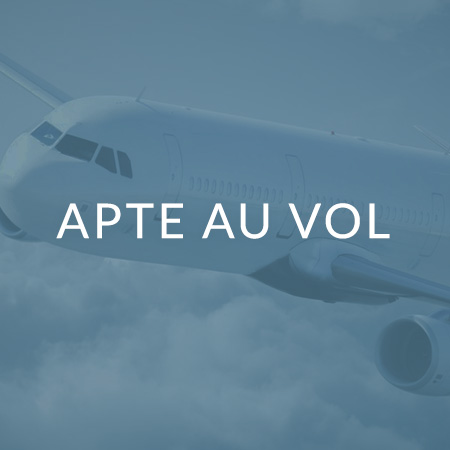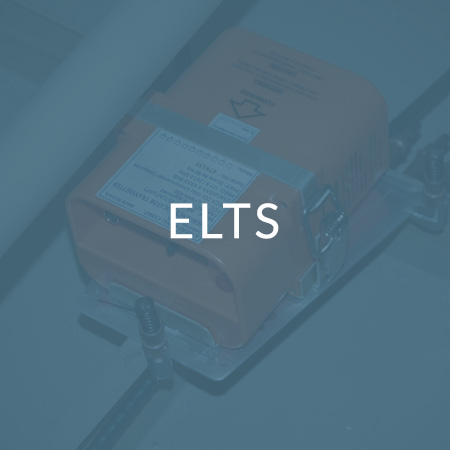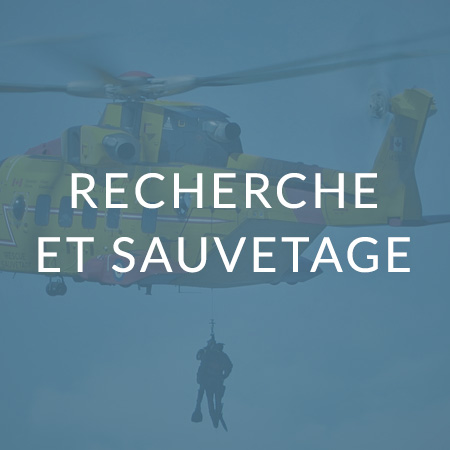From Issue 6/80
Say That You're There
The Twin Otter pilot was hopping mad. On final he finds a sander on the runway and has to circle until it's clear. On the ground, he gives hell to the flight service specialist for not clearing the runway. Who's at fault? The pilot is.
Given a letdown clearance to the uncontrolled aerodrome, the pilot was instructed to call immediately on the local mandatory frequency. He didn t call until final. There wasn't time to clear vehicles from the runway.
Many pilots have become complacent in a radar-controlled environment. They have accepted others, doing their thinking for them. They expect the same environment at non-radar-controlled airports, which just isn't available. Flying into uncontrolled aerodromes is a different world. People on the ground can't know you're there unless you tell them. Other aircraft in the area will know your intentions only if you broadcast what they are.
Mandatory frequencies for each aerodrome are published in the VFR and IFR Supplements. Use them to communicate your intentions and get the system to work for you.
Originally Published: ASL 1/1998
Original Article: From Issue 6/80 - Say That You're There
Updating Your Global Positioning System?
The following was taken from a daily occurrence report:
In IFR conditions, a Saab 340 with 20 people on board was cleared for the approach into an MF [mandatory frequency] aerodrome. It was on short final when the FSS staff observed a Robinson RH22 inbound near the approach path to the runway.
The helo was not in radio contact with FSS and was not monitoring the MF. The Saab pilot was able to land safely and saw the helicopter on short final.
FSS staff approached the pilot of the helicopter after it landed and the pilot said [that] he had been communicating on 118.0 [MHz] (that frequency had been decommissioned [three] years previously). He said [that] this frequency was provided by his GPS equipment, but, on [being] questioned, admitted that the GPS database had not been updated for "a couple of years." He did not consult his copy of the [Canada] Flight Supplement, which was on the seat beside him, because he was "too busy." When FSS staff asked for his name, the pilot declined to give it, and said [that] "[he hoped] nothing would come of this.
Upon departure, the pilot did not file a flight plan; rather, he flew on a company flight note.
Weather at the time of the incident was 700 ft. broken [and] 2000 ft. overcast, [with] visibility 5 mi. in light rain and fog.
Communicating on the right frequency in an MF is mandatory, but it should also be too easy. Having an up-to-date Canada Flight Supplement and looking at it or getting your GPS database updated regularly may cost a few dollars, but a mid-air collision could ruin the day for a lot of people.
Originally Published: ASL 4/1997
Original Article: Updating Your Global Positioning System?





